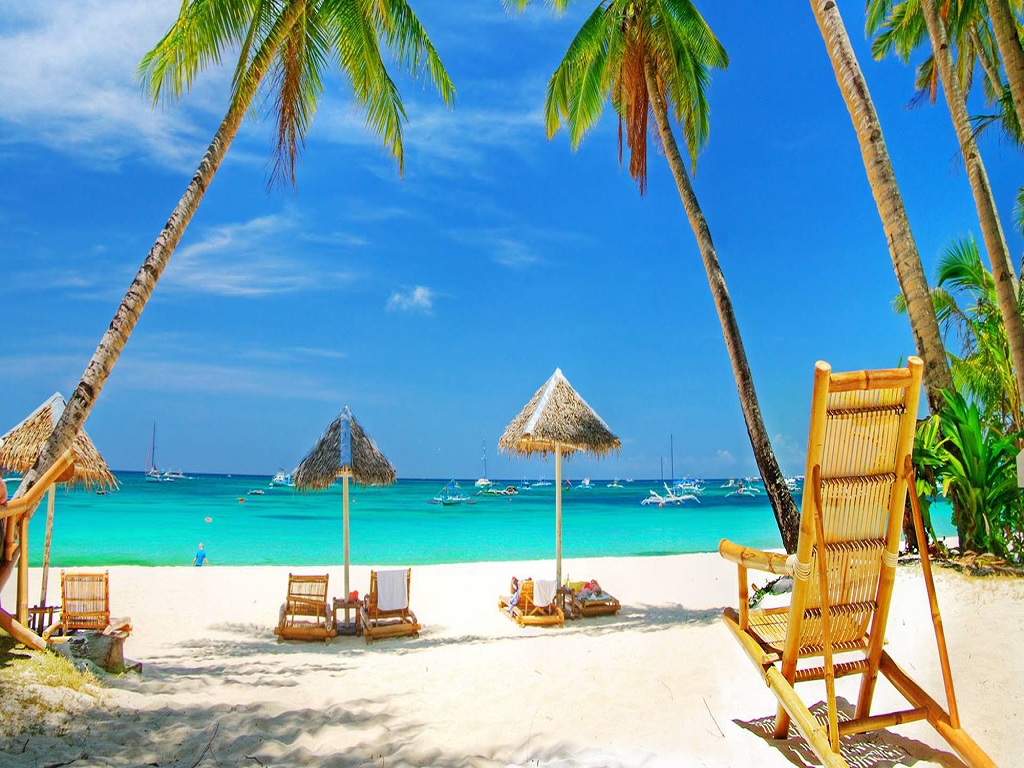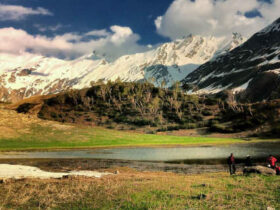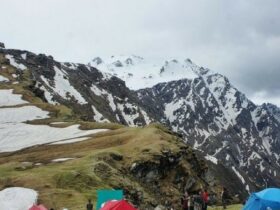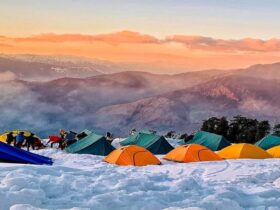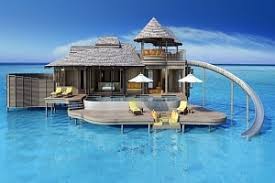For the beach hedonistic lifestyle, most of the visitors go to Goa. If you want the sun to fun, it’s winter when the days are still clear and warm that is the best time to visit Goa. In December and January, however, crowds and prices rise. From June until September, the mountain season can be a pleasure if you go inland and spend time in nature. You’re going to save on costs of travel too! Here’s how to schedule your journey to Goa Tour Packages.
The Weather in Goa
In Goa, it never gets cold due to the country’s tropical climate. Throughout the year, the temperatures of Daytime stay constantly above 86 ° Fahrenheit (30 ° C). Winters are dry and less humid and bright and ideal for photography every day. Minimum temperatures of 74 °C (23 °C) guarantee comfortably balmy nights.
The summer in Goa is from March to May, with coastal daily temperatures of around 91°F (33°C). Nighttime temperatures and moisture, however, are increasing to uncomfortable levels. By Can, the temperature minimum reached 82°F (28°C) and the humidity was more than 70%. By the end of May, as the southwest moonsoon approaches, the weather will be sultry and unsettled. Thunderstorms and rain may be separated.
In the first week of June, the southwest moon arrives and lasts until the end of September. In June and July, you can expect a lot of rain, and in August you can relax. The predictability of the rain. It is almost non-stop for days on occasion, although at other times it is just short. During the monsoon, the temperature decreases significantly. While the humidity on the coast rises to about 85%, there is refreshing rain.
In October, expect hot and humid weather after the monsoon is gone. At the end of November or at the beginning of December it generally makes the approach of the winter more fun.
Since Goa is situated near the equator, the number of hours of daylight during the year varies little.
Goa’s Peak Tourist Season
The most famous time to visit Goa is between mid-December and mid-January. Families flock to avoid the triste northern hemisphere during the Christmas-New Year season. Reserve accommodation, double or triple rates. Hotels in Goa typically have obligatory Christmas or New Year’s Eve lunches or dinners. It cost from around 4,000 rupees (approx. 56 dollars) per person to 10,000 rupees (140 dollars) to the added cost. Goa’s worth much busier than Goa’s south. The Candolim-Baga stretch of traffic jams is especially troublesome.
Traffic congestion can also make it difficult for you to get to and from the airport.
Tourist Attractions in Goa
In the off-season, several of Goa’s main sights close from May to October. These include shacks at the beach, markets, water sports, and some restaurants and houses (when the sea is shackled during the mountains). While there are still a few bars and clubs, the notorious party scene is still dead. All year round, Goa’s spice plantations, national parks, museums, and casinos are open. The sightseeing bus hop-on-hop-off runs every day during the year. It is an easy way to see the tourist attractions of Goa, including Old Goa.
Winter (December to February)
In winter, Goa is most dynamic. All is working, and several festivals and activities take place. Since Goa is mainly a Catholic state, it is particularly festive before Christmas in December. The crowds of visitors are yet to come, so early December can be an excellent time to go. However, by visiting or waiting until February, you are mostly able to avoid crowds. In February, when the hotels no longer charge their peak season rates, you will most likely get a decent offer for lodging.
Summer (March to May)
As the heat and moisture rise in March, the tourist season winds down. At the start of April, hotels typically lower their tariffs. Some pubs, restaurants, and beach shacks are still accessible by the middle of April. The remaining shacks and huts pack in May with a few exceptions (like Curlies in Anjuna). The harsh weather of May means you don’t want to do much during the day (excluding swimming), but reduced hotel prices attract domestic tourists on summer holidays successfully. Alternatively, take a break at the beach and instead discover the Western Ghat in Goa.
Monsoon (June to September)
During the Goa mountain season, rough days and seas exclude beach fun even if the weather begins to clear in September. At this time of year, low-cost flights and hotels mainly draw national tourism. Most of the activity in North Goa you will find because South Goa is really deserted. However, you can visit national parks and wildlife sanctuaries inland to explore the state’s prosperous national parks. It is possible to raft white water. The Latin Quarter of Goa’s Fontainha is also a thrilling location. In order to live in the region.
Post-Monsoon (October and November)
The few months after the monsoon in Goa is temporarily in the shoulder season. Though prices normally rise in early October, good deals still exist. The sun is gone, but most beaches, particularly in the South, are still quiet. By mid-October, water sports companies will again operate. By the middle of November the beach bars, huts, restaurants, and markets will open. During the Diwali vacation in November, Goa receives an influx of domestic visitors.




